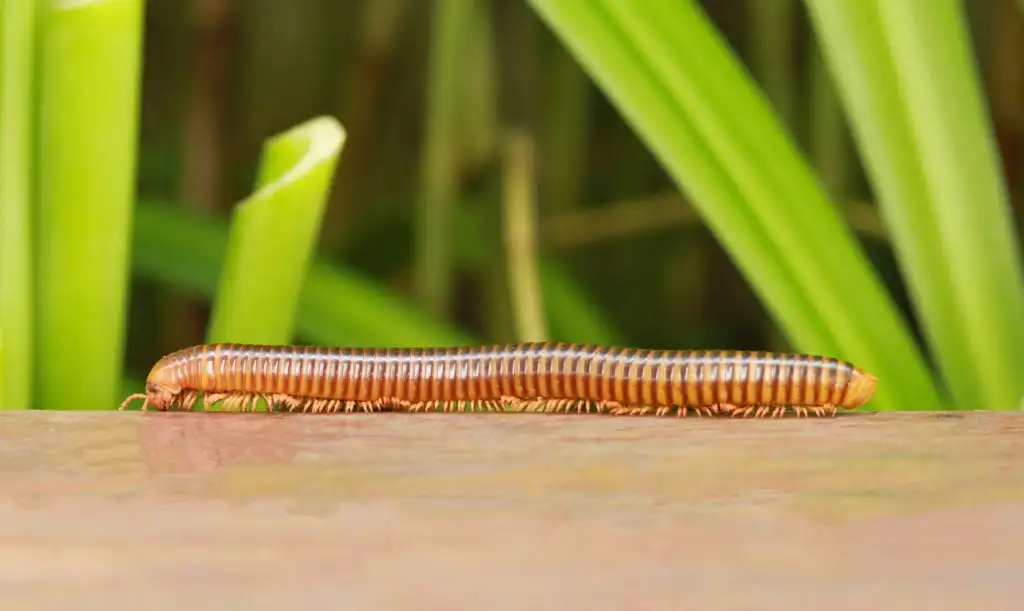.webp)
Let’s take a look at some of the most problematic pests for Central Indiana yards.
Grubs
One of the most damaging and pervasive pests aren’t adults - they’re babies. Grubs are the larvae of Japanese Beetles and they hatch from eggs in early to mid-summer, and begin feeding on your grass roots immediately. Once cooler weather arrives, grubs go dormant in the soil through winter, and as spring begins to bloom, they emerge and feast yet again. The best way to take care of grubs is to stop the damage before it’s done. Stopping gruesome grubs in the spring can help prevent the damage that shows up later in the year when the weather is warmer. (At that point, there’s not much you can do!) So, how do you know when you have grub damage? It’s usually already too late. One rule of thumb: pull up on your grass. Does it feel loose and weak? This means there are probably grubs feasting on your roots. Our Grub Control Program designed to protect your lawn from grubs and grub damage. First, it includes a one-time application for your entire lawn to prevent grubs from causing damage. It also includes a special guarantee that if grubs do cause damage to your lawn this year, Lawn Pride will take the steps needed to kill the grubs and repair the damage at no additional charge.
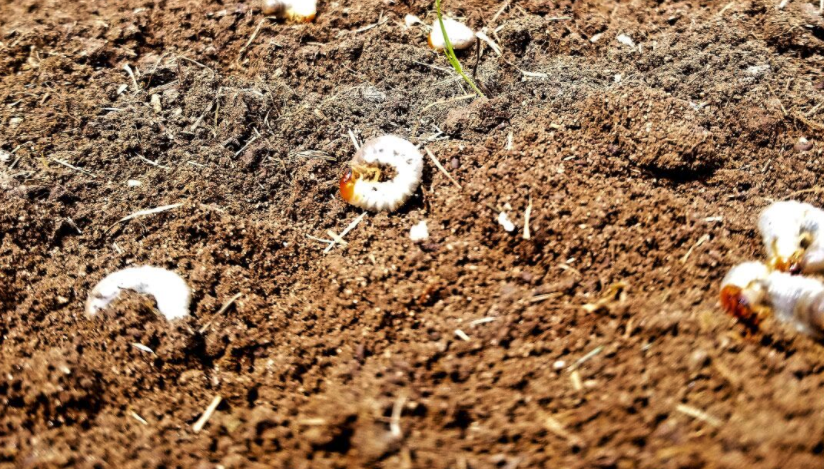
Japanese Beetle
Grubs may be gruesome, but so are their ancestors, the Japanese Beetle. Japanese beetles like to lay their eggs in your soil before setting their sights on your garden, and these shiny green and gold bugs can cause a lot of damage to both. After the grubs grow and get their fill on grass roots, they decimate leaves as adults, leaving barely any plant matter behind. Japanese beetles are attracted to some of the prettiest, tastiest plant life in your yard, including rose bushes and raspberries. 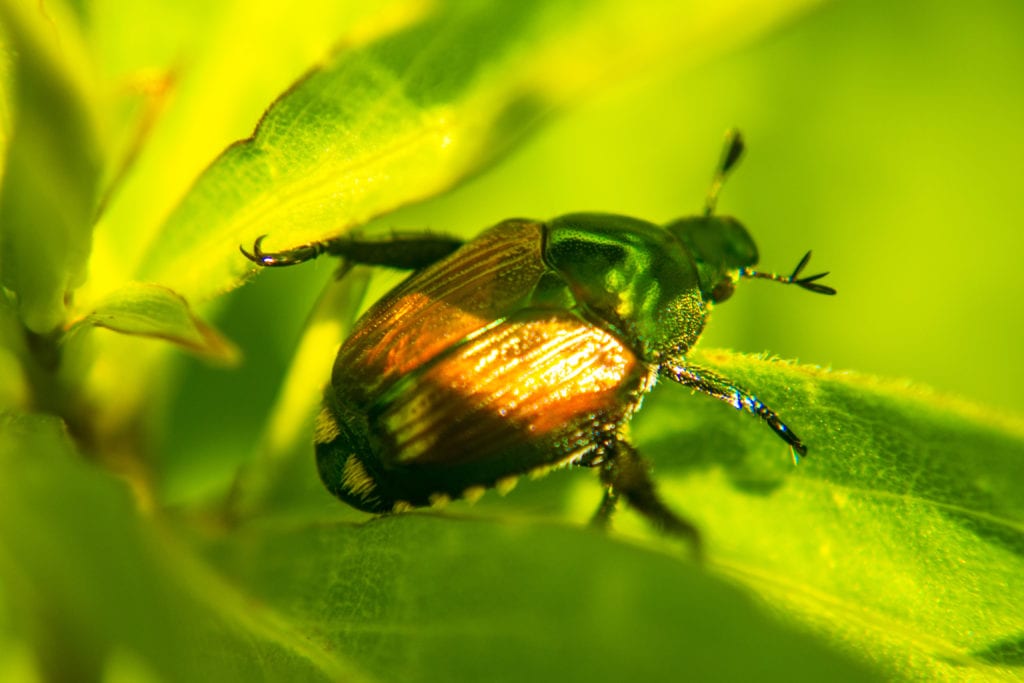
Aphids
From a size vs. damage ratio, aphids might just win the gold medal. These tiny creatures have a voracious appetite and live together in massive colonies. They also reproduce nearly as fast as you can kill them. Without intervention, they can wipe out entire plants and gardens. The one good thing about aphids though, if you can even call it good, is that they tend to prefer fruits, vegetables, and ornamentals over blades of grass. Just be warned - they are not picky critters, and will feed on just about any kind of vegetation.
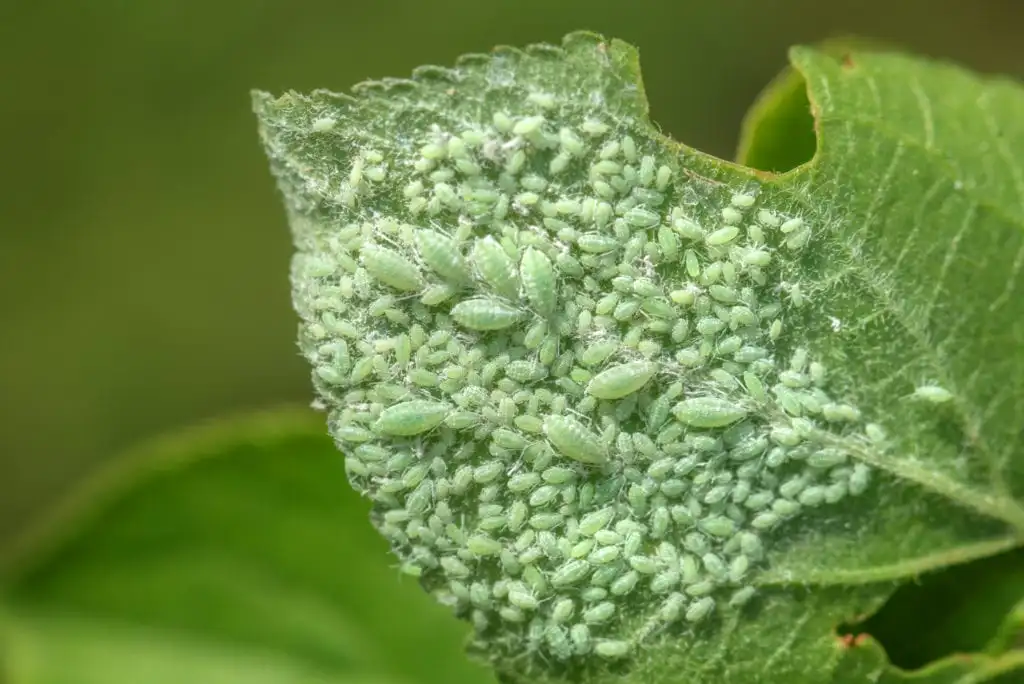
Earwigs
Even by insect standards, earwigs are creepy (though not dangerous to humans). These pinchy bugs like dark, damp, cool spots, so you’ll often spot them when picking up firewood or flipping over an object that’s been sitting in your yard for awhile. Although earwigs aren’t especially harmful to yards - they prefer dead vegetation over live, healthy plants - they tend to show up where we least want them … indoors.
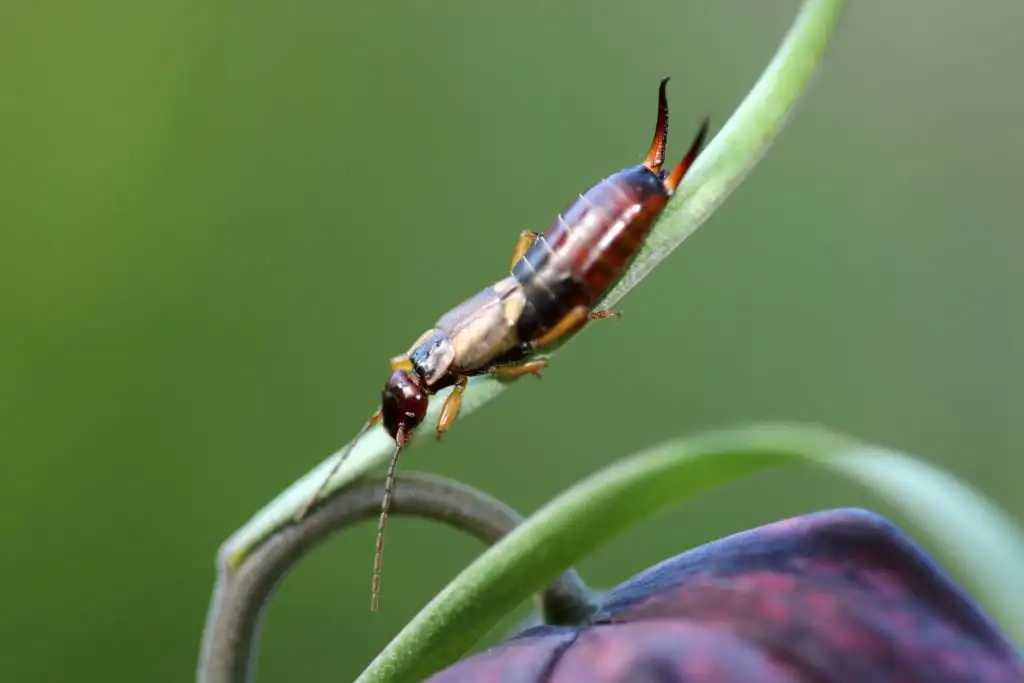
Spiders
If earwigs are creepy, then spiders are downright frightening. Arachnophobia is very real, and spiders are a thing of fear for many people, adults included. At Lawn Pride, we can appreciate spiders, mainly because they like to eat a lot of the “bad” bugs that haunt our yards and wreak havoc. However, when it comes to your yard, things may be different. Spiders like to hide. Unfortunately, they tend to find hiding spaces in things we humans like to use. Most spiders are completely harmless to humans, but venomous varieties such as brown recluses and black widows are commonly found in Indiana.
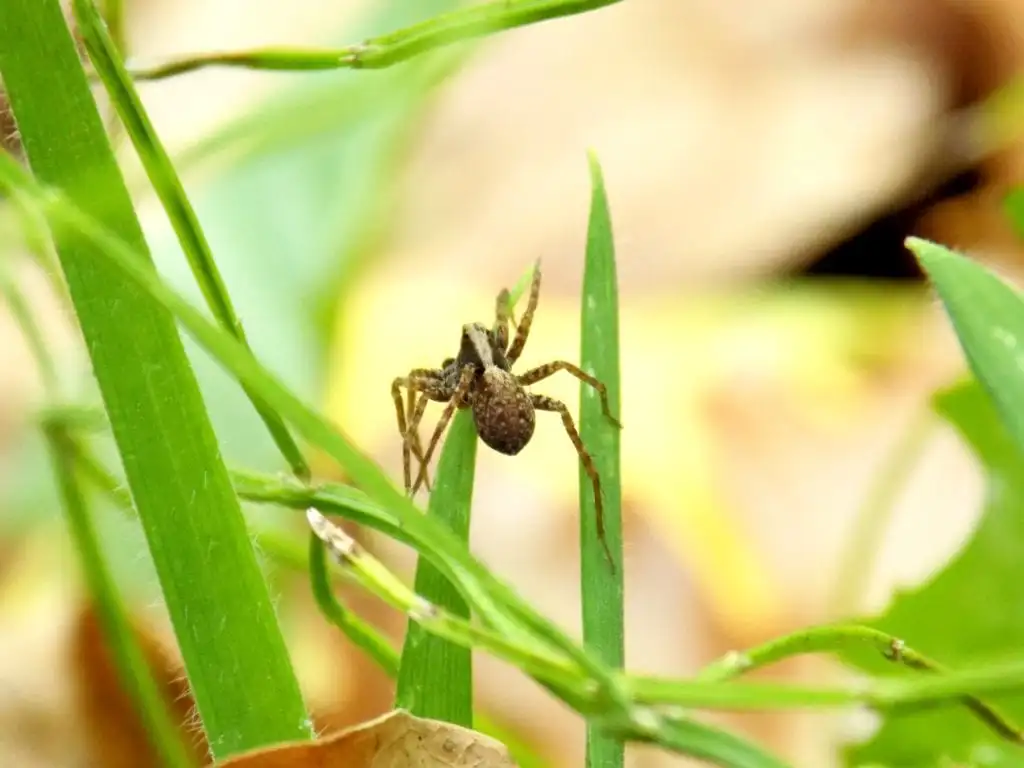
Ants
While Ants are not only home to Central Indiana, they’re still as equally as important for our pest guide! We strive to specialize in a solution to keep these perimeter pests away from the exterior of your home. For ants, especially, they travel in large numbers, building their homes in places they shouldn’t. Learn more about the different types of ants that you can find in Indiana by clicking here.

Millipedes
We may not be the only ones to think that there’s nothing scarier than a millipede crawling under your feet. These ancient arthropods can grow up to over 200 legs and love to make their way into damp spaces of your home. These unsightly, worm-like figures are not harmful and show up around the perimeter of your house during the wet seasons of spring or fall.
